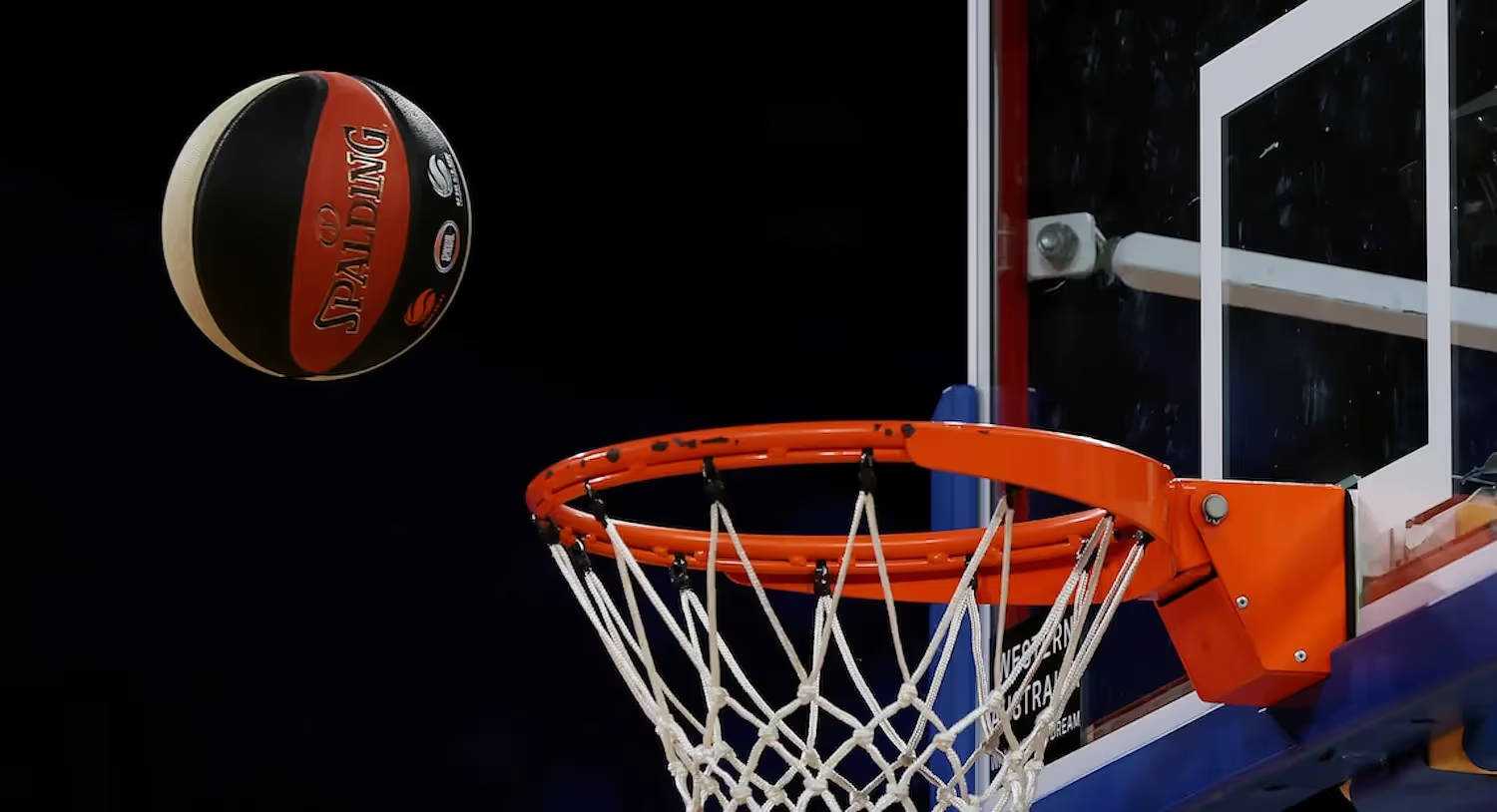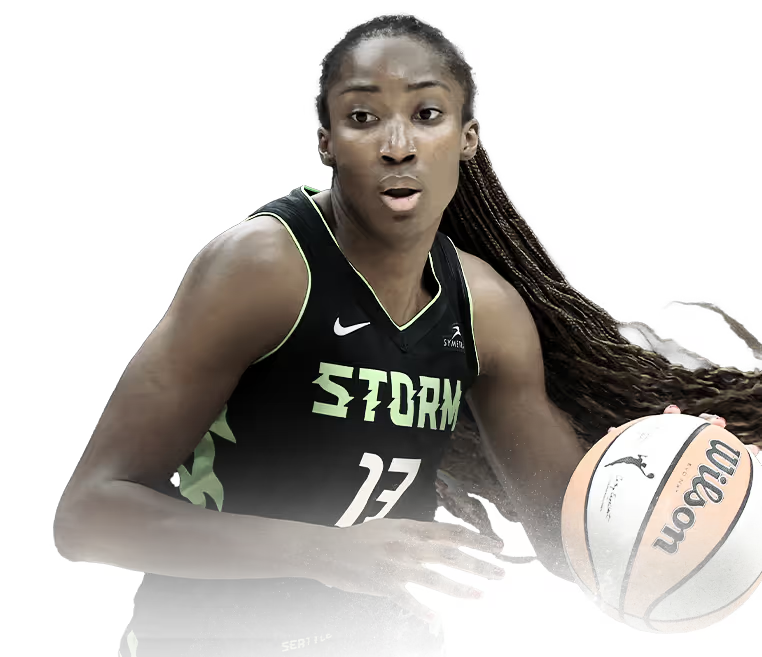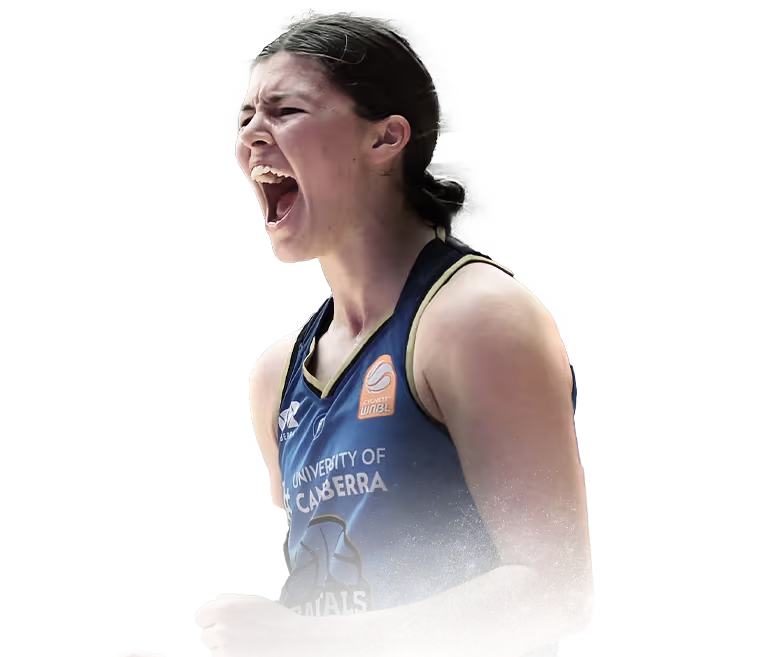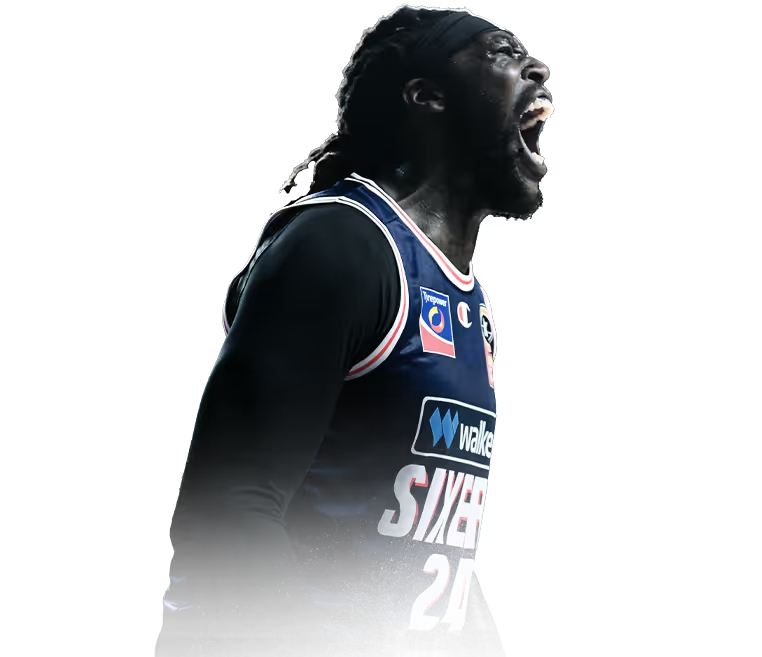
1
Nov
Explainer
The Rules of Basketball: A comprehensive overview
Coach Tutorials
The rules of basketball explained
Basketball is a dynamic, fast-paced sport played worldwide at various levels, from recreational to professional leagues. The game, invented by Dr. James Naismith in 1891, combines skill, strategy, and athleticism. Below is a detailed explanation of basketball rules, structured into sections for clarity.
1. Objective of the Game
The primary goal in basketball is to score more points than the opposing team by shooting the ball into the opponent's basket while preventing the opponent from scoring in your basket. The game emphasises teamwork, coordination, and strategy.
2. Teams and Players
2.1 Team Composition
- Each team consists of five active players on the court.
- Teams can have substitutes, typically ranging from 7 to 10 players, depending on the league.
- Positions include point guard, shooting guard, small forward, power forward, and center, though these are flexible based on strategy.
2.2 Substitutions
- Substitutions are allowed during stoppages in play and must be approved by referees.
- Players can re-enter the game after being substituted out.
3. Game Structure
3.1 Duration
- The game consists of four quarters:
- Professional (e.g., NBA): 12 minutes per quarter.
- International (e.g., FIBA): 10 minutes per quarter.
- High School/College: Typically 8–10 minutes per quarter.
- Halftime occurs after the second quarter and lasts 10–15 minutes.
3.2 Overtime
- If the game ends in a tie, an overtime period (typically 5 minutes) is played.
- Additional overtime periods are added as needed.
3.3 Timeouts
- Coaches can call timeouts to strategise.
- Timeouts are limited:
- NBA: Seven per game, with restrictions on their use.
- FIBA: Two per half, one per overtime period.
- Each timeout lasts 1 minute.
4. Court Dimensions and Equipment
4.1 Court
- Length: 94 feet (28.65 meters) for professional courts; shorter for high school courts.
- Width: 50 feet (15.24 meters).
- The court features a three-point line, free-throw line, and key (paint area).
4.2 Basket
- The basket is 10 feet (3.05 meters) above the floor.
- The hoop diameter is 18 inches (46 cm), with a backboard measuring 6 feet wide and 3.5 feet tall.
4.3 Ball
- Ball size varies:
- Men's basketball: 29.5 inches (75 cm) in circumference.
- Women's basketball: 28.5 inches (72 cm).
5. Starting the Game
5.1 Jump Ball
- The game begins with a jump ball at centre court.
- A referee tosses the ball into the air, and one player from each team jumps to tip it to a teammate.
6. Scoring
6.1 Points System
- Free Throw: 1 point (awarded after certain fouls).
- Field Goal (inside the three-point line): 2 points.
- Three-Point Field Goal: 3 points (shot from beyond the three-point line).
6.2 Shot Clock
- Teams must attempt a shot within a specific time:
- NBA/FIBA: 24 seconds.
- High School/College: Varies, often 30–35 seconds.
7. Basic Gameplay Rules
7.1 Ball Movement
- The ball is advanced by passing or dribbling.
- Players cannot carry or double-dribble (dribbling with both hands or restarting dribbling after stopping).
7.2 Traveling
- Players cannot take more than two steps without dribbling.
7.3 Pivot Foot
- A player can pivot on one foot while holding the ball but cannot lift the pivot foot before dribbling or shooting.
7.4 Out of Bounds
- The ball is considered out of bounds if it touches the floor or any object outside the court boundary.
7.5 Backcourt Violation
- After crossing the half-court line, teams cannot return the ball to the backcourt.
8. Fouls and Violations
8.1 Personal Fouls
- Personal contact that affects an opponent's play (e.g., hitting, pushing).
- A player is disqualified after:
- NBA: 6 fouls.
- FIBA/High School: 5 fouls.
8.2 Team Fouls
- Each team can commit a limited number of fouls per quarter (e.g., 5 in the NBA).
- After exceeding the limit, opponents are awarded free throws.
8.3 Technical Fouls
- Non-contact infractions, such as arguing with referees or unsportsmanlike behavior.
- Results in free throws and possession for the opposing team.
8.4 Flagrant Fouls
- Excessive or unnecessary contact.
- Can lead to ejection from the game.
8.5 Violations
- Shot Clock Violation: Failing to attempt a shot within the shot clock.
- Double Dribble: Restarting dribbling after stopping.
- Three Seconds: An offensive player staying in the paint for more than 3 seconds.
- Five Seconds: A player failing to inbound or release the ball under pressure within 5 seconds.
- Ten Seconds: A team taking more than 10 seconds to advance the ball past half-court.
9. Free Throws
- Free throws are awarded for fouls during shooting or when a team exceeds its foul limit.
- The shooter stands at the free-throw line (15 feet from the basket).
- Players cannot enter the key until the ball is released.
10. Advanced Rules
10.1 Three-Point Line
- Distance varies:
- NBA: 22 feet (corners), 23.75 feet (arc).
- FIBA: 21.65 feet (arc).
10.2 Defensive Rules
- Man-to-Man Defense: Players guard specific opponents.
- Zone Defense: Players guard specific court areas.
- In the NBA, a defensive three-second violations occur when a defender stays in the paint for more than three seconds without actively guarding an opponent.
10.3 Offensive Rules
- Shot Clock Reset: Resets to 14 seconds after an offensive rebound (NBA/FIBA).
- Offensive Goaltending: Interfering with a shot above the basket's cylinder.
11. Special Situations
11.1 Jump Ball and Possession Arrow
- After the initial jump ball, possession alternates between teams for contested situations.
11.2 Intentional Fouls
- Late-game strategy to stop the clock or force free throws.
11.3 Over-and-Back Violation
- Returning the ball to the backcourt after crossing half-court.
12. Referees and Officials
- Lead Referee: Oversees the game.
- Umpires: Assist the lead referee.
- Officials monitor gameplay, enforce rules, and resolve disputes.
13. Key Differences Across Levels
- NBA: High-scoring, with relaxed defensive rules.
- FIBA: Emphasises team play, shorter three-point line.
- College Basketball: Longer shot clock, strict defensive rules.
14. Strategies and Tactics
14.1 Offense
- Pick-and-Roll: Creating space for shooters or drivers.
- Fast Break: Scoring quickly after gaining possession.
- Isolation Plays: Allowing skilled players to attack one-on-one.
14.2 Defense
- Full-Court Press: Applying pressure across the entire court.
- Trap Defense: Double-teaming ball handlers.
- Zone Defense: Protecting the paint and forcing outside shots.
15. Role of Coaches and Bench
- Coaches strategise and make adjustments during the game.
- Bench players support the team by being ready to substitute and maintain morale.
16. Common Misconceptions
- Double Dribble vs. Carrying: Carrying involves palming the ball during a dribble, while double dribbling is restarting a dribble illegally.
- Traveling: It includes dragging the pivot foot or taking too many steps without dribbling.
Conclusion
Basketball's rules ensure a structured and fair game while fostering creativity and athleticism. Understanding the intricacies of the sport enhances appreciation for its strategic depth and excitement. Whether you're a player, coach, or fan, mastering these rules provides a solid foundation for enjoying this globally beloved game.
Exclusive Newsletter
Aussies in your Inbox: Don't miss a point, assist rebound or steal by Aussies competing overseas. Sign-up now!









